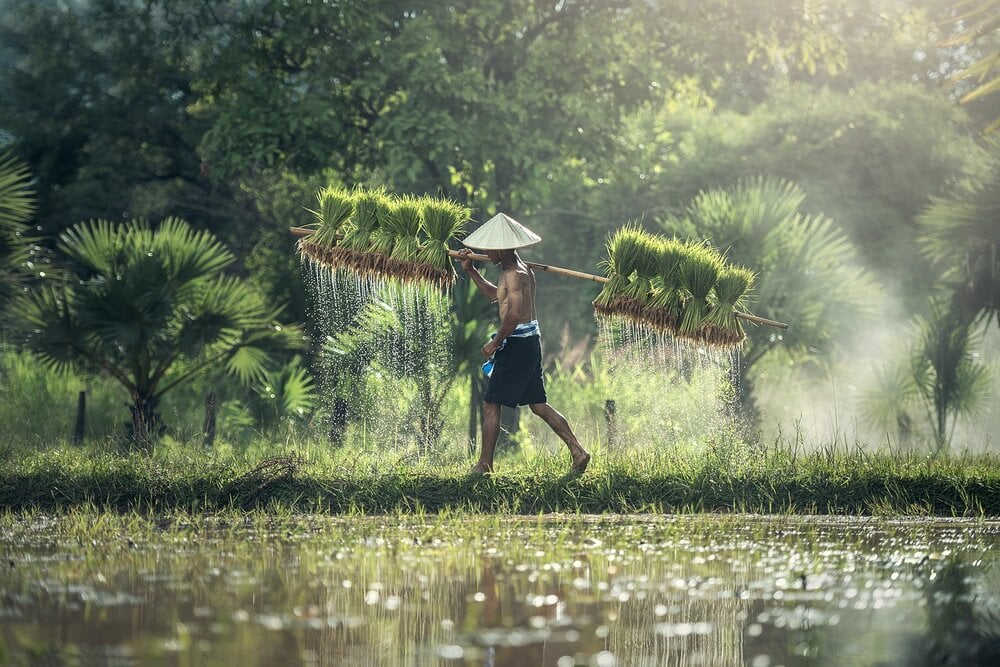
I am fortunate to be a member of the AgriInstitute Agricultural Leadership Program (ALP) Class 18. At the end of February, we will travel to South Korea and Laos as the capstone to our two-year leadership program. We have spent the past two years traveling the state of Indiana to learn more about various agricultural industries, civic leadership, and rural economic development. We spent a week in Washington DC meeting with Senators, House Representatives, NGO executives, lobbyists, and regulatory officials. Our class has visited grain handling facilities, an agricultural high school, two of Indiana’s ports, Purdue, Corteva, Country Mark, the Indiana Supreme Court, The Nature Conservancy, the World Bank, Ivy Tech, the U.S. Treasury, the EPA, wind farms, a beef farm, a cage-free egg facility, and countless other agricultural facilities. We’ve discussed state and national issues with experts from Indiana Corn, Indiana Soybean, Indiana Pork, Indiana Beef, Indiana Hardwoods, Indiana Grown, the Indiana State Fair, Indiana FFA, the Indiana Agriculture Nutrient Alliance, and others. We debated economic development questions with local officials, university professors, and philanthropic foundations. Now we are taking these lessons and adding an international component.
Seoul, South Korea
While in South Korea, we will visit with government, technology, and agriculture officials in the capitol city of Seoul. We’ll travel to Vientiane, the capitol of Laos, to continue our meetings with Southeast Asian industry leaders. We plan to head out of the city to visit a silk farm in the northern part of Laos. This is the area significantly impacted by the United States’ opposition to the Laotian communist government (Pathet Lao) in the 1960s and 1970s.

Rice harvest in Southeast Asia
One of my goals on this trip is to learn more about the agricultural practices of two countries very different from ours in culture, climate, and development. Seoul is a huge city with a population greater than New York City (Seoul has 9.8 million; NYC has 8.6 million). Laos is a communist country with a complicated history ranging from French imperialism to U.S. CIA involvement. It will be in the 20s-30s in Seoul and the 70s-80s in Laos. Rice is the key agricultural product in both countries. Both nations import agricultural products from the United States. Both countries have confirmed cases of African Swine Fever within their borders.
While South Korea and Laos aren’t your normal topics for a livestock blog, I hope to gain knowledge and skills on this trip to better serve the livestock industry here at home in Indiana and beyond. My blog will have a slightly different flavor for the next few weeks as I prepare for and take this trip with 29 other Indiana agricultural leaders. I hope you’ll keep reading and travel with me (virtually – no room in my suitcase!) to South Korea and Laos.